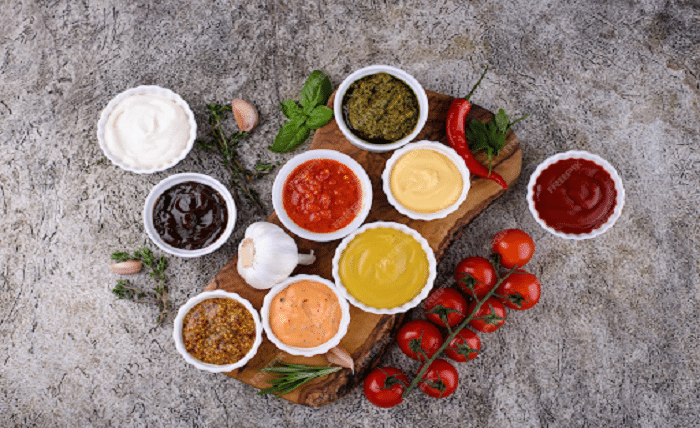As a home cook, having a well-stocked spice cabinet is essential for creating delicious and flavorful meals. Whether you’re a novice in the kitchen or an experienced chef, having the right seasonings at your fingertips can elevate your dishes to new heights. In this article, we will explore the top 10 must-have seasonings that every home cook should own, with a special focus on the benefits of custom seasoning blends. We will also discuss the advantages of purchasing bulk price soy sauce and explore the differences between dark and light soy sauce.
The Top 10 Must-Have Seasonings
- Salt: The cornerstone of seasoning, salt enhances the natural flavors of ingredients and is essential for almost all savory dishes.
- Black Pepper: Known as the “king of spices,” black pepper adds a pungent and slightly spicy flavor to dishes.
- Garlic Powder: A versatile seasoning that adds a rich and savory taste to a wide range of dishes.
- Onion Powder: With its sweet and tangy flavor, onion powder is a must-have for adding depth to soups, stews, and sauces.
- Cayenne Pepper: Ideal for those who enjoy a spicy kick, cayenne pepper adds heat and vibrancy to various recipes.
- Paprika: Available in sweet, smoked, and hot varieties, paprika adds color, mild heat, and a smoky flavor to dishes.
- Cumin: A staple in many cuisines, cumin brings warmth and earthiness to dishes like chili, curries, and roasted vegetables.
- Dried Oregano: Widely used in Mediterranean and Mexican cuisines, dried oregano adds a robust and aromatic flavor to dishes.
- Thyme: With its distinct earthy and slightly minty flavor, thyme is perfect for seasoning meats, vegetables, and soups.
- Italian Seasoning: A blend of dried herbs like basil, oregano, rosemary, and thyme, Italian seasoning adds a burst of flavor to pasta sauces, pizzas, and roasted vegetables.
The Importance of Custom Seasoning Blends
Custom seasoning blends are a game-changer in the culinary world, allowing home cooks to create unique flavor profiles tailored to their tastes and preferences. By combining different herbs, spices, and seasonings, custom blends offer endless possibilities for enhancing the flavors of various dishes. From savory to spicy, smoky to tangy, custom seasoning blends allow home cooks to add a personalized touch to their culinary creations.
Bulk Price Soy Sauce: Convenience and Cost-Effectiveness
Soy sauce is a versatile and widely used condiment, famous for its umami flavor. Purchasing soy sauce at a bulk price offers several advantages for home cooks. Firstly, it provides convenience, as you’ll have a steady supply of soy sauce without the need for frequent trips to the store. Secondly, buying in bulk can often be more cost-effective, allowing you to save money in the long run. With a bulk supply of soy sauce, you can confidently add a burst of umami to your stir-fries, marinades, and dipping sauces.
Dark Soy Sauce vs. Light Soy Sauce: Understanding the Differences
When it comes to soy sauce, there are two main variations: dark soy sauce and light soy sauce. Understanding the differences between these two types can help you choose the right one for your dishes.
- Dark Soy Sauce: Dark soy sauce is thick, dark, and has a more pronounced flavor compared to light soy sauce. It is aged for a longer period and often used in marinades, braised dishes, and stir-fries to add depth and color.
- Light Soy Sauce: Light soy sauce, on the other hand, is lighter in color and offers a saltier and more delicate flavor. It is commonly used as a table condiment or as a seasoning during cooking to enhance the taste of various dishes.
Both dark and light soy sauces have their unique roles in cooking and can be used interchangeably based on your desired flavor and color.
Stocking Up Your Spice Cabinet
Having these essential seasonings in your pantry ensures that you’re always prepared to add flavor and depth to your dishes. Consider purchasing small quantities of these spices and herbs, as proper storage in a cool, dark place will help retain their freshness and potency. If you’re starting from scratch, begin by acquiring the basics and gradually expand your collection as you explore new recipes and cuisines.

